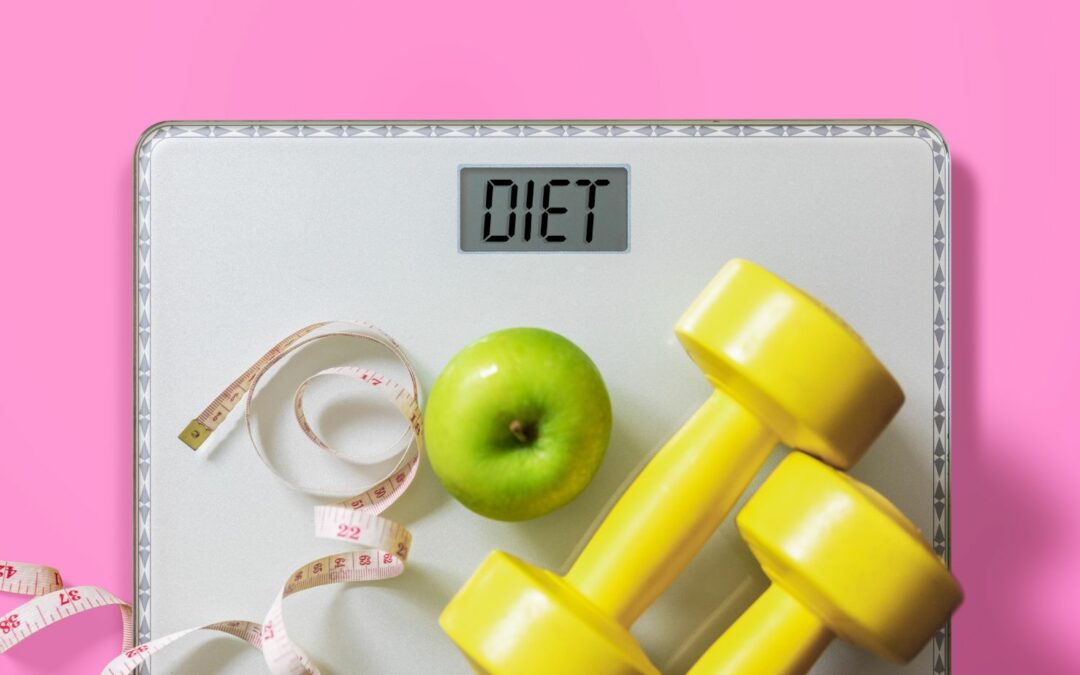A balanced diet, consistent exercise, and lifestyle modifications are all necessary to achieve fat loss. It’s crucial to remember that there isn’t a one-size-fits-all strategy because everyone reacts differently to diets. In today’s post, we will provide you with our comprehensive list of a few well-liked and successful fat-loss diets. Join us to gain better insight!
Perfect Diets to Burn Fat:
Here are our top picks for diets that help you get rid of the unwanted fat in your body. Go through the list thoroughly to understand how each diet works and determine which one is most suitable for your personal preferences.
Caloric Deficit:
The main idea behind fat loss is to create a calorie deficit. It entails eating fewer calories than what your body actually uses. You can help your body achieve this with the help of a mix of dietary adjustments, portion management, and increased physical activity. Success in weight loss depends on calculating your daily caloric demands and modifying your consumption according to your objectives.
Mediterranean Diet:
The historic eating patterns of the nations bordering the Mediterranean Sea served as the model for the well-balanced Mediterranean diet. Whole, nutrient-dense foods, including fruits, vegetables, whole grains, lean meats, and healthy fats—especially olive oil—are emphasized in this diet. The Mediterranean diet offers numerous health benefits, such as improved cardiovascular health, decreased inflammation, and weight management.
Ketogenic Diet:
The goal of the ketogenic diet is to force the body into a state of ketosis, where it burns fat stores for fuel instead of using carbohydrates.

Although it can help people lose weight quickly, it must be strictly followed and may not be good for everyone due to possible side effects and nutritional imbalances.
Intermittent Fasting:
Cycling between the eating and fasting phases is known as intermittent fasting. Popular techniques include the 16/8 method (16 hours of fasting, 8 hours of eating) and the 5:2 approach (regular eating for five days, followed by two non-consecutive days with a calorie restriction). This method allows for greater flexibility in meal time and can help control calorie consumption, enhance insulin sensitivity, and encourage fat loss.
Plant-Based Diet:
Plant-derived foods such as fruits, vegetables, whole grains, legumes, nuts, and seeds are the mainstays of a plant-based diet. This diet tends to be lower in calories and fatty substances but higher in antioxidants, fiber, and vitamins. Varieties like vegetarianism and veganism allow for flexibility based on personal tastes and promote weight loss and general health.
DASH Diet:
Although the Dietary Approaches to Stop Hypertension (DASH) diet was created with blood pressure reduction in mind, it also works well for managing weight loss. While reducing sodium intake, it promotes the consumption of vegetables, fruits, whole grains, lean meats, and low-fat dairy. This well-rounded strategy promotes general health and can help with slow, long-term weight loss.
Low-Carb Diet:
Low-carb diets limit the consumption of carbs and emphasize fat and protein as the main sources of fuel. These diets try to lower insulin levels, encourage fat burning, and control blood sugar levels by cutting back on carbohydrates. Still, one should take into account potential vitamin deficits as well as long-term sustainability.
General Tips for Fat Burning:
If you don’t do it right and keep it safe, your diet is not going to be beneficial, and it’s probably going to cause some damage.

So, here are a few general tips to help you out if you’re just getting started.
Create a Caloric Deficit:
It is essential to consume fewer calories than your body requires for upkeep if you want to burn fat. This can be accomplished by figuring out how many calories you need each day and then progressively cutting back on your intake through portion management and mindful eating. As you make progress, periodically review and modify your calorie targets.
Choose Whole, Nutrient-Dense Foods:
Give top priority to healthy foods that are high in fiber and vital nutrients. Along with offering the essential nutrients for good health, fruits, vegetables, whole grains, lean meats, and healthy fats also help you feel fuller and cut down on the chances of eating too much.
Control Portion Sizes:
Controlling portion size is essential to calorie intake management. Your mind can be tricked into believing that you are eating more food by using smaller plates, bowls, and cutlery. This can help you control how much food you eat without feeling hungry.
Stay Hydrated:
In addition to being beneficial for general health, drinking enough water throughout the day can help with weight loss. Occasionally, hunger pangs are actually indicators of dehydration. You may assist in managing your appetite and avoid mindless munching by drinking enough water.
In Conclusion:
For long-term success, sustainability is essential, no matter what diet you go on. Before making big dietary changes, it’s best to speak with a medical practitioner or a qualified dietician, particularly if you have any underlying medical concerns. And lastly, you have to keep in mind that burning fat isn’t just about what and how much you eat because consistent exercise, stress reduction, and enough sleep are all necessary for general well-being and successful weight loss. How did you manage to do it yourself? Share your experience with us in the comment section!



